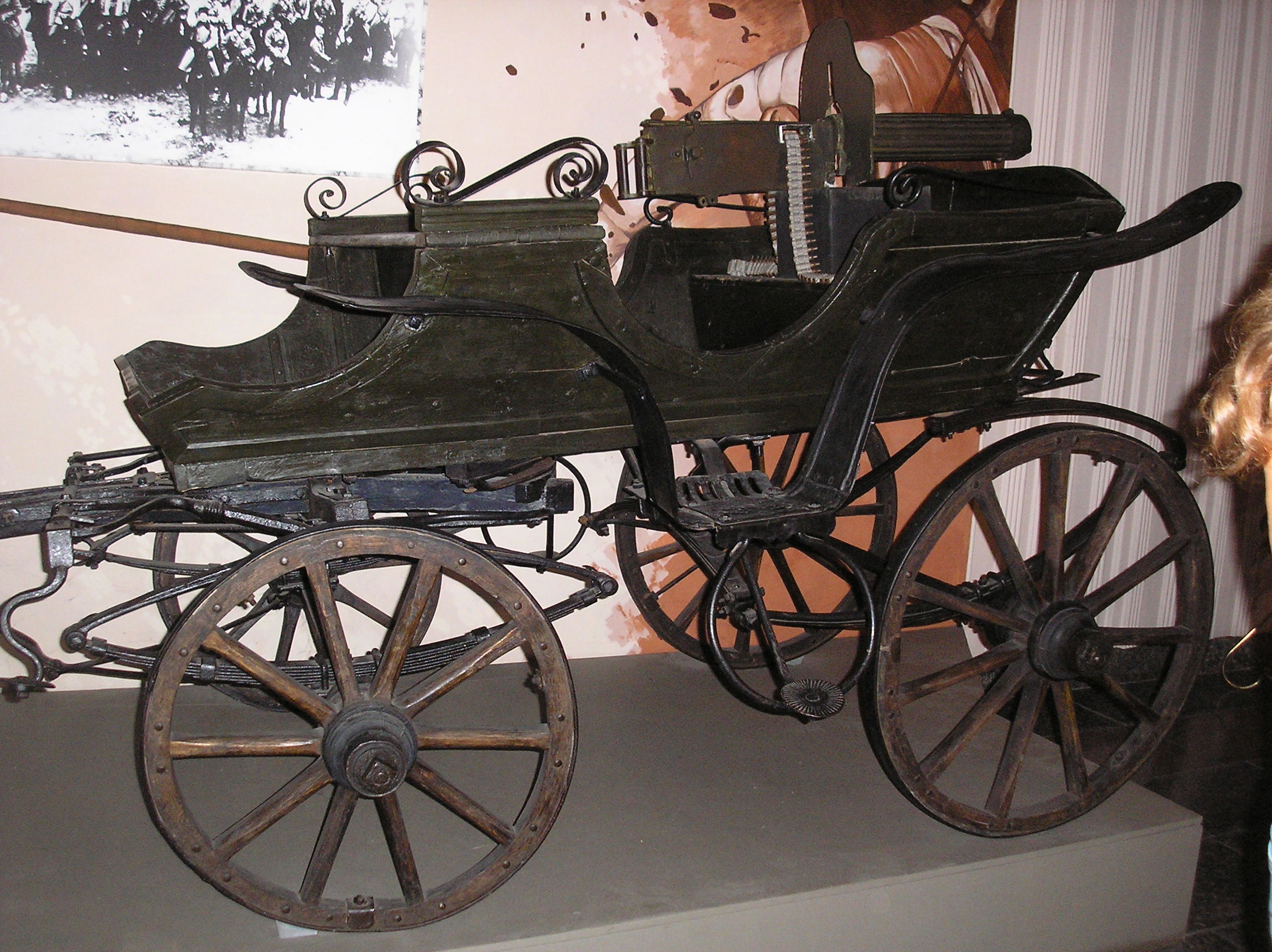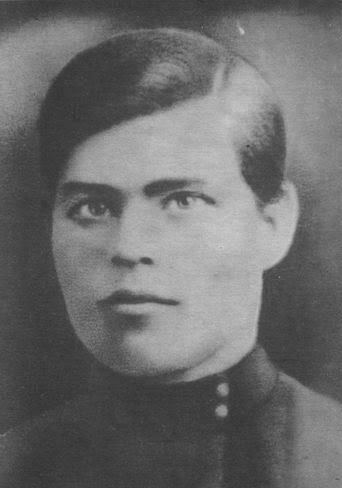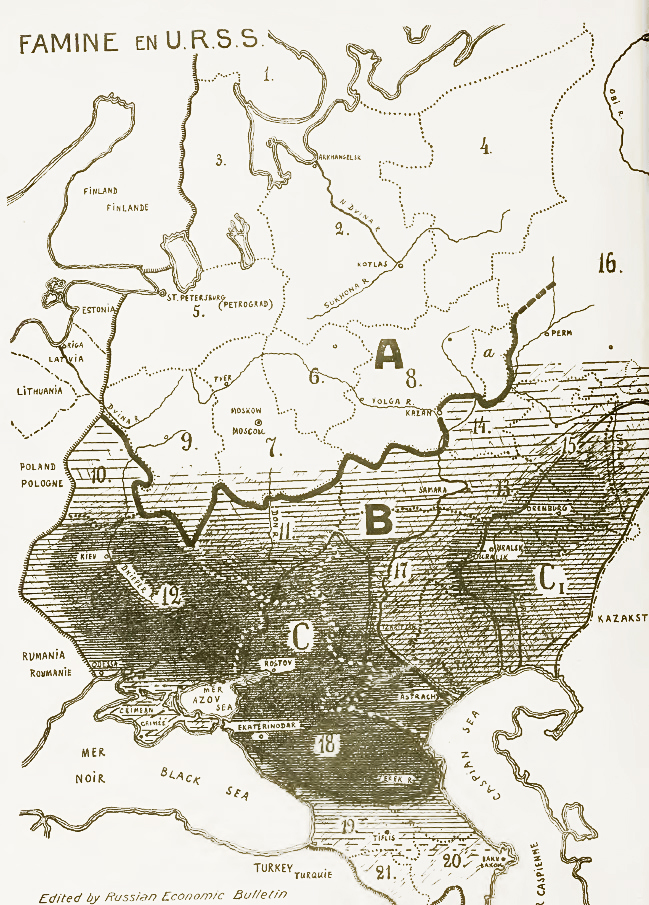|
Velykomykhailivka
Velykomykhailivka ( uk, Великомихайлівка) is a Ukrainian village in the Synelnykove Raion of Dnipropetrovsk Oblast. It is located on the right bank of the Vovcha River. It is the administrative center of the Velykomykhailivsky village council, which, in addition, includes the villages of , , , , , , and . Etymology Velykomykhailivka is named after the name of the first Zimchan Cossack. Since there were two villages named Mikhailivka, the larger one became known as Velykomykhailivka, and the smaller one became Malayamykhailivka. Local people also called the town Dibrivka, after the oak forests that surrounded it. History *The burial mounds located to the south and north of Velykomykhailivka testify to the settlement of this area during the Bronze Age. *During the time of the New Sich (1734-1776) the village was used as winter quarters by the Zaporozhian Cossacks. In 1776, the governor of Azov, , replaced them with the state military settlement of Mykhailivka. In ... [...More Info...] [...Related Items...] OR: [Wikipedia] [Google] [Baidu] |
Synelnykove Raion
Synelnykove Raion ( uk, Синельниківський район) is a raion (district) of Dnipropetrovsk Oblast, southeastern-central Ukraine. Its administrative centre is located at Synelnykove. Population: . On 18 July 2020, as part of the administrative reform of Ukraine, the number of raions of Dnipropetrovsk Oblast was reduced to seven, and the area of Synelnykove Raion was significantly expanded. Four abolished raions, Mezhova, Petropavlivka, Pokrovske, and Vasylkivka Raions, as well as the cities of Pershotravensk and Synelnykove, which were previously incorporated as cities of oblast significance and did not belong to the raion, were merged into Synelnykove Raion. The January 2020 estimate of the raion population was } Subdivisions Current After the reform in July 2020, the raion consisted of 19 hromadas: * Bohynivka rural hromada with the administration in the selo of Bohynivka, transferred from Petropavlivka Raion; * Dubovyky rural hromada with the admini ... [...More Info...] [...Related Items...] OR: [Wikipedia] [Google] [Baidu] |
Makhnovshchina
The Makhnovshchina () was an attempt to form a stateless anarchist society in parts of Ukraine during the Russian Revolution of 1917–1923. It existed from 1918 to 1921, during which time free soviets and libertarian communes operated under the protection of Nestor Makhno's Revolutionary Insurgent Army. The area had a population of around seven million. The Makhnovshchina was established with the capture of Huliaipole by Makhno's forces on 27 November 1918. An insurgent staff was set up in the city, which became the territory's ''de facto'' capital. Russian forces of the White movement, under Anton Denikin, occupied part of the region and formed a temporary government of Southern Russia in March 1920, resulting in the ''de facto'' capital being briefly moved to Katerynoslav (modern-day Dnipro). In late March 1920, Denikin's forces retreated from the area, having been driven out by the Red Army in cooperation with Makhno's forces, whose units conducted guerrilla war ... [...More Info...] [...Related Items...] OR: [Wikipedia] [Google] [Baidu] |
Petro Petrenko
Petro Petrenko (1890–1921) was a Ukrainian military commander in the Revolutionary Insurgent Army of Ukraine. Biography In 1890, Petro Petrenko was born in the village of Velykomykhailivka. With the outbreak of World War I, he was called to the front, where he rose to the rank of ensign. In the wake of the 1917 Revolution, Petrenko returned to his home town and joined the local anarchist group, with which he took an active part in the uprising against the Ukrainian State. On 30 September 1918, Petrenko joined up with the insurgent forces of Nestor Makhno and participated in the battle of Dibrivka, during which the insurgents defeated the forces of the Austro-Hungarian Army and captured Petrenko's home town. The insurgent victory was followed by a fierce campaign of reprisals, by both the occupation forces and the insurgents. On 15 November 1918, the insurgents were ambushed by a Hungarian detachment at and sustained heavy casualties. Makhno himself was only narrowly saved by P ... [...More Info...] [...Related Items...] OR: [Wikipedia] [Google] [Baidu] |
Battle Of Dibrivka
The Battle of Dibrivka was a military conflict between Ukrainian insurgents, led by Nestor Makhno and Fedir Shchus, and the Central Powers that were occupying southern Ukraine. It resulted in an insurgent victory and the establishment of an autonomous territory in the region, following the subsequent defeat of the Central Powers. Background Following the October Revolution, a civil war broke out in Ukraine between supporters of the Central Council and the Soviets. During the conflict, Ukrainian anarchists had sided with the Soviets, but following the Treaty of Brest-Litovsk, in which the Central Powers were invited to invade Ukraine, the anarchists were forced to retreat to Russia, where they regrouped in Taganrog and planned to launch a war of independence against the occupying powers. In July 1918, the anarchists returned to Ukraine, finding a situation of unrest among the peasantry, who were beginning to resist the newly established Ukrainian State. The insurgent leader Nes ... [...More Info...] [...Related Items...] OR: [Wikipedia] [Google] [Baidu] |
Revolutionary Insurgent Army Of Ukraine
The Revolutionary Insurgent Army of Ukraine ( uk, Революційна Повстанська Армія України), also known as the Black Army or as Makhnovtsi ( uk, Махновці), named after their leader Nestor Makhno, was an anarchist army formed largely of Ukrainian peasants and workers during the Russian Civil War of 1917–1922. They protected the operation of " free soviets" and libertarian communes by the Makhnovshchina, an attempt to form a stateless libertarian communist society from 1918 to 1921 during the Ukrainian War of Independence. They were founded and inspired based on the Black Guards. History Background The roots of militant anarchism in Ukraine can be traced back to the activities of the Zaporozhian Cossacks, who established their own " free territory" in the Wild Fields, where they practiced a decentralized, democratic and egalitarian mode of organization until their defeat by the Russian Empire at the turn of the 19th century. ... [...More Info...] [...Related Items...] OR: [Wikipedia] [Google] [Baidu] |
Fedir Shchus
Fedir Shchus ( uk, Федір Щусь, 25 March 1893 – 30 June 1921), also Fyodor Shuss or Feodosiy Shchus, was a commander (ataman) in the Revolutionary Insurgent Army of Ukraine of Nestor Makhno. Biography Fedir Shchus was born into a poor peasant family in the small Ukrainian village of Dibrivka. In 1915 he was conscripted into the military service and enlisted in the navy as a seaman on the Ioann Zlatoust, a battleship in the Black Sea Fleet. He did a lot of sports in the Navy, was a champion in French boxing and wrestling, and knew jiu-jitsu well, he was able to defeat any opponent with a quick capture without much stress. He returned to his home town after the Revolution, where he established a partisan band known as the " Black Guards" in order to wage guerrilla warfare against the local nobility. Shchus believed that because of the abdication of Nicholas II, landowners no longer had any right to their lands, as the Tsarist legal system that upheld their private pr ... [...More Info...] [...Related Items...] OR: [Wikipedia] [Google] [Baidu] |
Nestor Makhno
Nestor Ivanovych Makhno, The surname "Makhno" ( uk, Махно́) was itself a corruption of Nestor's father's surname "Mikhnenko" ( uk, Міхненко). ( 1888 – 25 July 1934), also known as Bat'ko Makhno ("Father Makhno"),; According to Alexandre Skirda, the term ''Bat'ko'' had been used by the Zaporozhian Cossacks as an honorific for elected military leaders. As Makhno was still quite young when he was given the name ''Bat'ko'' by his detachment, the literal translation of "father" may not be entirely accurate, as the term is not exclusively used in a paternal sense. Makhno was also not the only person with the title of ''Bat'ko'' in Ukraine, there were even some other ''Bat'kos'' within the ranks of the Makhnovshchina. was a Ukrainian anarchist revolutionary and the commander of the Revolutionary Insurgent Army of Ukraine during the Ukrainian Civil War. Makhno was the namesake of the Makhnovshchina (loosely translated as "Makhno movement"), a predominantly peasan ... [...More Info...] [...Related Items...] OR: [Wikipedia] [Google] [Baidu] |
Hero Of Socialist Labour
The Hero of Socialist Labour (russian: links=no, Герой Социалистического Труда, Geroy Sotsialisticheskogo Truda) was an honorific title in the Soviet Union and other Warsaw Pact countries from 1938 to 1991. It represented the highest degree of distinction in the USSR and was awarded for exceptional achievements in Soviet industry and culture. It provided a similar status to the title of Hero of the Soviet Union, which was awarded for heroic deeds, but differed in that it was not awarded to foreign citizens. History The Title "Hero of Socialist Labour" was introduced by decree of the Presidium of the Supreme Soviet of the Soviet Union on December 27, 1938. Originally, Heroes of Socialist Labour were awarded the highest decoration of the Soviet Union, the Order of Lenin, and a diploma from the Presidium of the Supreme Soviet of the Soviet Union. In order to distinguish the Heroes of Socialist Labour from other Order of Lenin recipients, the "Hammer ... [...More Info...] [...Related Items...] OR: [Wikipedia] [Google] [Baidu] |
Hero Of The Soviet Union
The title Hero of the Soviet Union (russian: Герой Советского Союза, translit=Geroy Sovietskogo Soyuza) was the highest distinction in the Soviet Union, awarded together with the Order of Lenin personally or collectively for heroic feats in service to the Soviet state and society. Overview The award was established on 16 April 1934, by the Central Executive Committee of the Soviet Union. The first recipients of the title originally received only the Order of Lenin, the highest Soviet award, along with a certificate (грамота, ''gramota'') describing the heroic deed from the Presidium of the Supreme Soviet of the USSR. Because the Order of Lenin could be awarded for deeds not qualifying for the title of hero, and to distinguish heroes from other Order of Lenin holders, the Gold Star medal was introduced on 1 August 1939. Earlier heroes were retroactively eligible for these items. A hero could be awarded the title again for a subsequent heroic feat wit ... [...More Info...] [...Related Items...] OR: [Wikipedia] [Google] [Baidu] |
Great Patriotic War (term)
The Great Patriotic War (russian: Вели́кая Оте́чественная война́, translit=Velikaya Otechestvennaya voyna); be, Вялікая Айчынная вайна, Vialikaja Ajčynnaja vajna; et, Suur Isamaasõda; hy, Հայրենական Մեծ պատերազմ, translit=Hajrenakan Mec paterazm; ka, დიდი სამამულო ომი, translit=Didi Samamulo Omi; kk, Ұлы Отан соғысы, translit=Uly Otan soǵysy; ky, Улуу Ата Мекендик согуш, translit=Uluu Ata Mekendik soghush; lt, Didysis Tėvynės karas; lv, Lielais Tēvijas karš; ro, Marele Război pentru apărarea Patriei (Moldovan Cyrillic: Мареле Рэзбой пентру апэраря Патрией); tg, Ҷанги Бузурги Ватанӣ, translit=Changi Buzurgi Vatanī; tk, Бейик Ватанчылык уршы, translit=Beýik Watançylyk urşy; tt-Cyrl, Бөек Ватан сугышы, translit=Böyek Watan suğışı; uk, Ве� ... [...More Info...] [...Related Items...] OR: [Wikipedia] [Google] [Baidu] |
Holodomor
The Holodomor ( uk, Голодомо́р, Holodomor, ; derived from uk, морити голодом, lit=to kill by starvation, translit=moryty holodom, label=none), also known as the Terror-Famine or the Great Famine, was a man-made famine in Soviet Ukraine from 1932 to 1933 that killed millions of Ukrainians. The Holodomor was part of the wider Soviet famine of 1932–1933 which affected the major grain-producing areas of the Soviet Union. While scholars universally agree that the cause of the famine was man-made, whether the Holodomor constitutes a genocide remains in dispute. Some historians conclude that the famine was planned and exacerbated by Joseph Stalin in order to eliminate a Ukrainian independence movement. This conclusion is supported by Raphael Lemkin. Others suggest that the famine arose because of rapid Soviet industrialisation and collectivization of agriculture. Ukraine was one of the largest grain-producing states in the USSR and was subject to u ... [...More Info...] [...Related Items...] OR: [Wikipedia] [Google] [Baidu] |
Russian Famine Of 1921–1922
The Russian famine of 1921–1922, also known as the Povolzhye famine, was a severe famine in the Russian Soviet Federative Socialist Republic which began early in the spring of 1921 and lasted through 1922. The famine resulted from the combined effects of economic disturbance because of the Russian Revolution and Russian Civil War, the government policy of war communism (especially prodrazvyorstka), exacerbated by rail systems that could not distribute food efficiently. This famine killed an estimated 5 million people, primarily affecting the Volga and Ural River regions, and peasants resorted to cannibalism. Hunger was so severe that it was likely seed-grain would be eaten rather than sown. At one point, relief agencies had to give food to railroad staff to get their supplies moved. Origins Before the famine began, Russia had suffered three and a half years of World War I and the Civil Wars of 1918–1920, many of the conflicts fought inside Russia. There were an esti ... [...More Info...] [...Related Items...] OR: [Wikipedia] [Google] [Baidu] |




.jpg)



